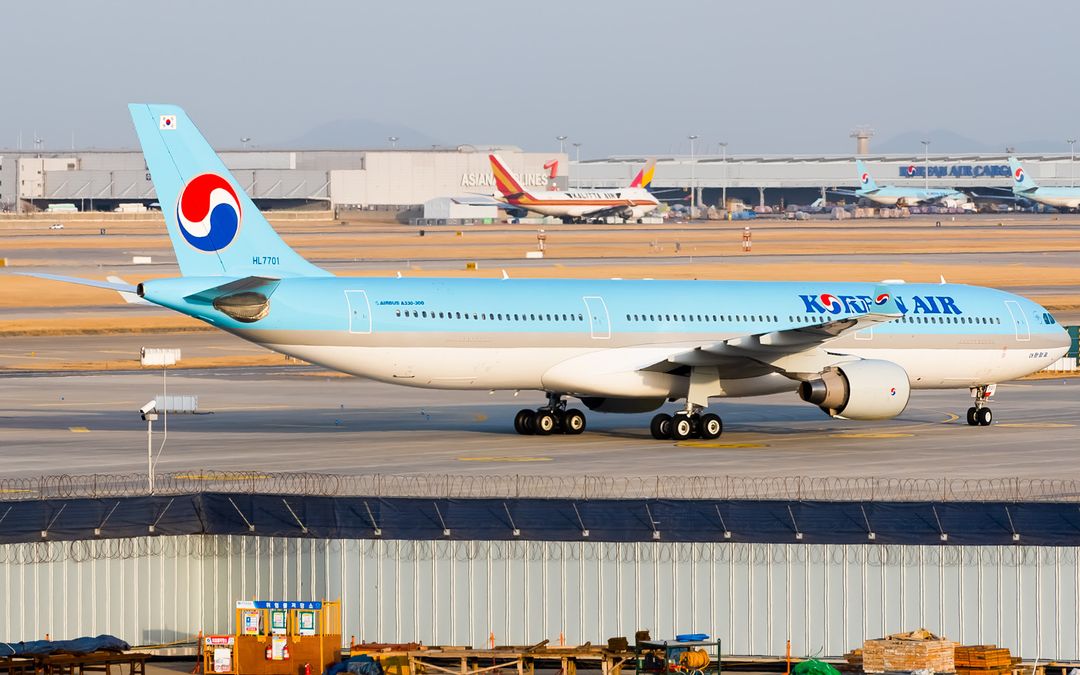While such incidents are extremely rare, we can't be unprepared for it. Things can happen at ground level or 35,000 feet in the air. That's why the Federal Aviation Administration (FAA) and the International Air Transport Association (IATA) have set procedures in case such an incident does occur.

Recognizing and Responding to the Emergency
The first step is recognizing and assessing the situation. Trained medical professionals, including doctors and nurses, are often available on board, especially on long-haul flights. However, flight attendants will act according to FAA training and procedures if a passenger shows signs of distress. Many people don't know this, but flight attendants undergo rigorous training in basic first aid and CPR, prepared to support the medical professionals until proper medical attention is available as outlined by the Aircraft Owners and Pilots Association (AOPA).

Confirmation of Death
In the unfortunate event that a passenger does not respond to medical treatment and is pronounced deceased by a qualified medical professional, the IATA's Death on Board guidelines will kick in.
These guidelines will ensure immediate priority to secure the deceased and ensure all privacy and dignity of the situation is controlled. The dead person will be discreetly moved to a designated area of the airplane, usually an empty row or a dedicated area at the back of the cabin. However, this can differ based on each airline's specific procedures. The primary priority is to ensure proper hygiene and sanitation are in place.

Notification of Authorities
The aircraft's captain will assume responsibility for informing the appropriate authorities about the death onboard, complying with FAA's regulations and IATA recommendations.
The plane's location will greatly influence the policies that must be followed. This could involve contacting air traffic control, ground medical teams, or the authorities at the destination airport. The airline will coordinate with the deceased's next of kin to notify them of the situation and arrange to repatriate the remains, often collaborating with organizations like the National Air Disaster Alliance (NADA) to support the family through this difficult time.

Comfort and Security
While the death of a passenger board is a sensitive and upsetting event, the safety and comfort of all remaining passengers are just as important. Flight attendants are trained to handle such situations with discretion and sensitivity, ensuring that the deceased's family and other passengers are treated respectfully and supported. The captain will typically announce to inform passengers of the situation and address any concerns they may have.

Post-Flight
The aircraft will land at its originally designated airport unless unusual circumstances necessitate an emergency landing. Upon arrival, medical personnel will meet the plane to transport the deceased to a local morgue or hospital. The airline will assist the deceased's family with the necessary paperwork and arrangements for the repatriation of the remains.
While such events are highly unlikely, these events need to be planned for and carefully coordinated by both the pilots and flight attendants to maintain safety and comfort for both the living and the deceased.
HEKLA: Icelandair Retires Hekla Aurora After 31 Years in the Skies » Lufthansa Technik Unveils Major ACJ318 Elite Upgrade Program » IndiGo Unveils Delhi–London Expansion and First A321XLR Launch »
Comments (0)
Add Your Comment
SHARE
TAGS
INFORMATIONAL Death Emergency IATA FAA MedicalRECENTLY PUBLISHED
 Lufthansa Technik Unveils Major ACJ318 Elite Upgrade Program
Lufthansa Technik (LHT) has officially announced a comprehensive cabin and technical upgrade program for the Airbus ACJ318 Elite, breathing new life into the "smallest" member of the Airbus Corporate Jet family.
STORIES
READ MORE »
Lufthansa Technik Unveils Major ACJ318 Elite Upgrade Program
Lufthansa Technik (LHT) has officially announced a comprehensive cabin and technical upgrade program for the Airbus ACJ318 Elite, breathing new life into the "smallest" member of the Airbus Corporate Jet family.
STORIES
READ MORE »
 Two Pilots Killed in Tragic Mid-Air Collision Near Hammonton Municipal Airport
A quiet Sunday morning in Atlantic County turned tragic when two helicopters collided mid-air, claiming the lives of two veteran pilots who were well-known in the local aviation community. The accident occurred on December 28, 2025, just miles from Hammonton Municipal Airport (N81).
NEWS
READ MORE »
Two Pilots Killed in Tragic Mid-Air Collision Near Hammonton Municipal Airport
A quiet Sunday morning in Atlantic County turned tragic when two helicopters collided mid-air, claiming the lives of two veteran pilots who were well-known in the local aviation community. The accident occurred on December 28, 2025, just miles from Hammonton Municipal Airport (N81).
NEWS
READ MORE »
 FAA Finalises AD to Resolve A350 Flight-Control Hazard
The Federal Aviation Administration (FAA) has issued a final rule, Airworthiness Directive (AD) 2025-25-12, aimed at eliminating a critical "runaway" flight control hazard affecting the Airbus A350-900 and A350-1041 fleets. The directive, published today, December 29, 2025, mandates the installation of new flight-control software to prevent uncommanded surface movements that could lead to a loss of aircraft control.
NEWS
READ MORE »
FAA Finalises AD to Resolve A350 Flight-Control Hazard
The Federal Aviation Administration (FAA) has issued a final rule, Airworthiness Directive (AD) 2025-25-12, aimed at eliminating a critical "runaway" flight control hazard affecting the Airbus A350-900 and A350-1041 fleets. The directive, published today, December 29, 2025, mandates the installation of new flight-control software to prevent uncommanded surface movements that could lead to a loss of aircraft control.
NEWS
READ MORE »



